Putting function over form
Dario Schiavo asks, can captains do more to assist shipyards, designers and owners to optimise yacht usability?
In recent years, yacht construction has transformed into a pursuit of style. With architects and interior designers crafting genuine works of art that sail the seas, every detail, from the exterior lines to the furnishings, bears the signature of renowned figures in the global nautical scene. Owners look to combine style with an object of beauty and well-being in which to disconnect from the rest of the world and enjoy privileges reserved for the few.
However, amidst all this aesthetic refinement, where does the technical aspect of yacht building fit in? This is the question we posed to Mattia Dzaja, a seasoned skipper with an extensive career, now a part of Omegawolf, a consultancy firm comprising industry professionals, chief engineers, and experienced skippers of both sailing and motor superyachts, offshore supply vessels and shadow vessels. With a combined sea experience of approximately 120 years, they aim to offer invaluable insights to shipyards during yacht construction.
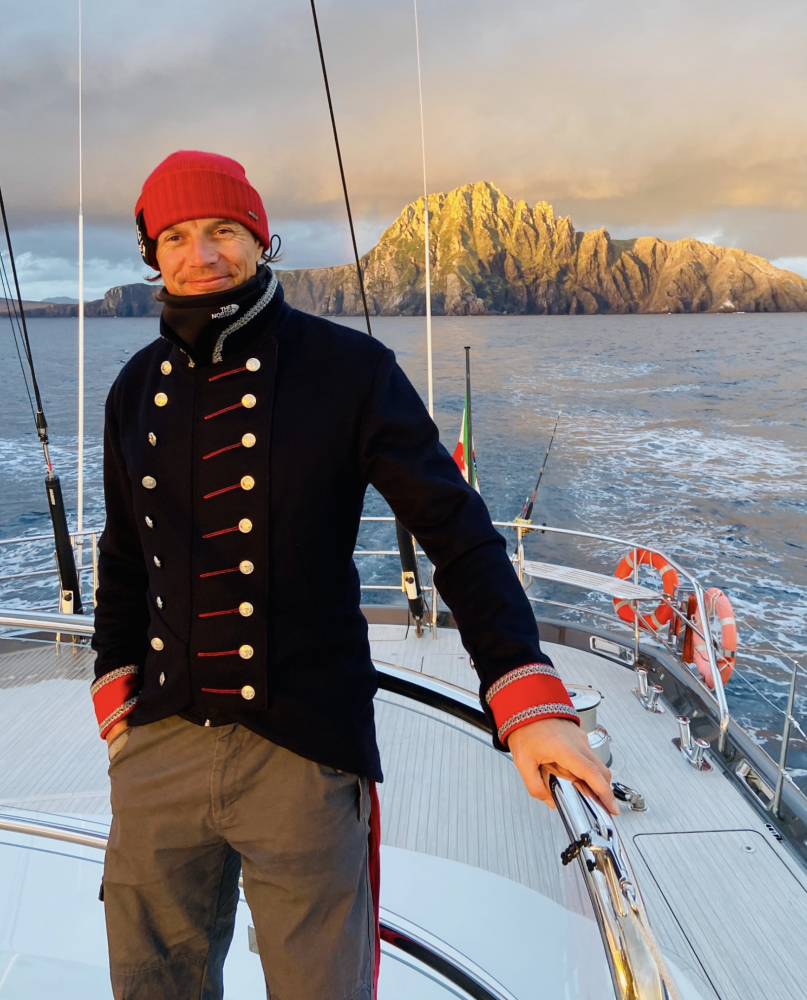 Captain Mattia Dzaja
Captain Mattia Dzaja
"Modern shipbuilding has evolved significantly in many aspects, but it has sometimes overlooked the practicalities of operating a vessel. The issue with contemporary boating is that people have lost touch with the essence of being at sea," notes the captain, echoing the sentiments of many. The current trend of prioritising form over function has led to an allocation of resources primarily for design, often at the expense of a vessel’s seaworthiness.
When aesthetics take precedence over operational functionality, the result can lead to unexpected challenges in terms of both time and budget. It is not uncommon for a skipper to join a project only to discover that they must make technical adjustments, often straining the budget. These frustrations served as the foundation for establishing this consulting company. “After attending numerous boat shows and gathering feedback from colleagues, I realised that many vessels featured solutions designed with a degree of naivety. These were errors made not just by most boatyards but also, surprisingly, in semi-custom and full-custom boats. Paradoxically, I found myself recommending solutions from boats dating back to 1915, which were perceived as innovative," recalls Mattia Dzaja.
A meticulous analysis of the challenges faced by engineers in the industry reveals that the arrangement of volumes plays a pivotal role in the engineering design of a boat. It enables shipyards to propose a comprehensive structure with volume placement tailored to the practicality of use. Even from a communication and commercial perspective, consistency between the first boat and subsequent vessels is crucial for a product line’s success. If the learning curve can be flattened from design to the first boat, the latter should no longer be seen as a prototype but as a fully refined vessel without issues or deficiencies.
The primary objective of shipyards utilising advisors is to create yachts that are user-friendly. An owner may not always be aware of whether this goal has been achieved during the yacht’s construction, as their time on board is limited. Yet, the crew’s ability to handle the vessel efficiently and complete tasks quickly, while respecting guest privacy, is paramount to the owner’s experience.
Consider this example: on average, preparing to leave a harbour, deploying tenders, anchoring and returning everything to its place takes about four hours for a 60-70m yacht. During this period, the owner's enjoyment of the yacht is compromised, as the vessel cannot be fully utilised. Moreover, if the engine room was not designed efficiently and a filter needs replacement, instead of a 20-minute task, it could consume an entire hour. Such delays diminish the owner’s ability to fully enjoy their yacht. This is why owners should actively participate in the project, understanding the importance of a design that enhances the on-board experience for the crew.
It is evident that shipyards must embrace this mentality and recognise the value of a design that saves time and money, from construction to delivery and warranty. The key to satisfying and retaining an owner is delivering a flawless yacht that requires minimal alterations during construction and, most importantly, does not waste time.
“Now, more than ever, there is a pressing need to establish an effective communication system with shipyards that enhances our role and gives concrete meaning to our involvement,” asserts Dzaja. He concludes, “For a shipyard, what matters are orders, and sales teams focus on selling. Everyone aims to minimise excessive guarantees. We bring 125 years of sea experience to the table, and our presence in a project is an additional asset for planners, designers and owners.”
NEW: Sign up for SuperyachtNewsweek!
Get the latest weekly news, in-depth reports, intelligence, and strategic insights, delivered directly from The Superyacht Group's editors and market analysts.
Stay at the forefront of the superyacht industry with SuperyachtNewsweek
Click here to become part of The Superyacht Group community, and join us in our mission to make this industry accessible to all, and prosperous for the long-term. We are offering access to the superyacht industry’s most comprehensive and longstanding archive of business-critical information, as well as a comprehensive, real-time superyacht fleet database, for just £10 per month, because we are One Industry with One Mission. Sign up here.
Related news
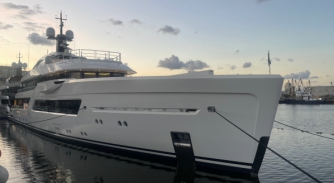
The suggestion box
Dario Schiavo explores the increasingly vital role of open and constructive dialogue between senior crew and designers in ensuring a project's success
Fleet
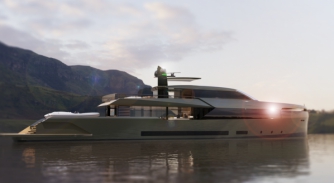
Lateral Naval Architects showcase spiffing Spitfire concept
Lateral Naval Architects teamed up with Bannenberg & Rowell to develop a new 48m design called ‘Spitfire’
Fleet
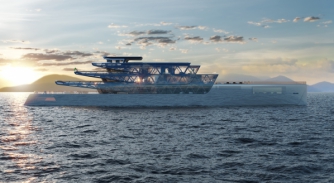
88m concept designed to be ‘virtually invisible’
The intriguing yet far-fetched design is supposed to be built using 3D printing and operate with zero emissions…
Fleet
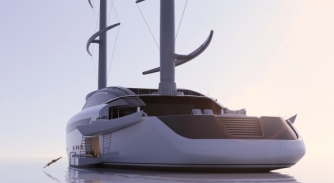
Oceanco’s ‘Double Luck’ concept defies convention
The 88-metre concept from Lobanov Design also features a high-performance Dykstra DynaRig sailing system
Fleet

Feadship makes a statement with bizarre new concept
Feadship is on a mission to prove that concepts can be both radical and inspiring but also logical and feasible…
Fleet
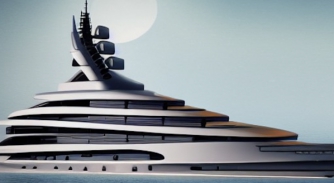
Artificial intelligence in superyacht design
Basic AI systems can help us to re-imagine yacht design through the lens of history’s greatest visionaries, but that’s only the beginning
Fleet
Related news
The suggestion box
1 year ago
88m concept designed to be ‘virtually invisible’
2 years ago
Artificial intelligence in superyacht design
3 years ago
NEW: Sign up for
SuperyachtNewsweek!
Get the latest weekly news, in-depth reports, intelligence, and strategic insights, delivered directly from The Superyacht Group's editors and market analysts.
Stay at the forefront of the superyacht industry with SuperyachtNewsweek



